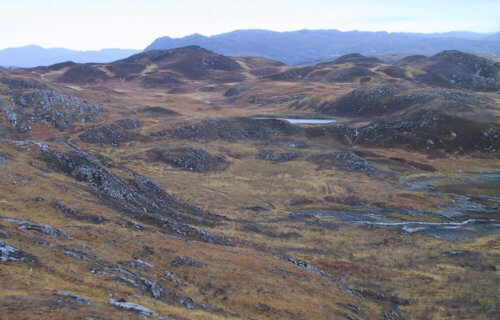DURHAM, England — Sea levels could rise by an Earth-changing 60 feet, if the last Ice Age is anything to go by, warns a new study.
Scientists from Durham University say an event at the end of the last Ice Age caused sea levels to rise at ten times the current rate. The cataclysmic event was triggered by melting ice sheets in Europe and North America.
If that were to happen again today, coastal cities such as London and New York would be left in ruins.
Geological records show ice sheets suddenly started melting at the end of the Last Glacial Period — around 14,600 years ago. Over a period of 500 years, oceans around the world rose by 11.8 feet (3.6 meters) every century. But which ice sheet was responsible for this sudden melt, dubbed the Meltwater Pulse 1A (MWP-1A), has remained a mystery.
Antarctica ice-sheet melting not to blame for rising sea levels?
Some scientists have pointed the finger at the massive Antarctica ice-sheet, while others believed it started in the Northern Hemisphere. Now, researchers have unmasked the culprit, offering vital clues as to what lies ahead if climate change continues.
“Despite being identified over 30 years ago, it has been surprisingly challenging to determine which ice sheet was the major contributor to this dramatic rise in sea levels,” says lead author Yucheng Lin, a post-doctoral student at the school, in a media release. “Previously, scientists tried to work out the source of the sea-level rise based on sea-level data from the tropics, but the majority of those studies disagreed with geological records of ice sheet change.”
The researchers scoured detailed geological records and used state-of-the-art modeling techniques to determine what caused the rapid rise in sea levels. They found most of the melt-water came from what was once the North American and Eurasian ice sheets — not Antarctica.
“The technique we have used allows us to really dig into the error bars on the data and explore which ice-melt scenarios were most likely,” explains co-author Dr. Pippa Whitehouse. “We found that most of the rapid sea-level rise was due to ice sheet melt across North America and Scandinavia, with a surprisingly small contribution from Antarctica.”
The unparalleled discharge of freshwater, comparable to melting an ice-sheet twice the size of Greenland, flooded vast areas of low-lying land and disrupted ocean circulation.
“Our study includes novel information from lakes around the coast of Scotland that were isolated from the ocean due to land uplift following the retreat of the British Ice Sheet, allowing us to confidently identify the meltwater sources,” says Lin.
Knowing the source of the flood will improve the accuracy of climate models, which are used to replicate the past and predict changes in the future.
It also paints a bleak picture of the future if climate change continues on its current course.
A whopping 680 billion metric tons of ice is melting every year, with ocean temperature rising by 0.18 degrees Celsius every decade since 1981.
“The next big question is to work out what triggered the ice melt, and what impact the massive influx of meltwater had on ocean currents in the North Atlantic,” adds Whitehouse.
SWNS writer Tom Campbell contributed to this report.

A fact that has been known for the last 150 years.
And a fact that has been denied by Republicans for the last 50 years.